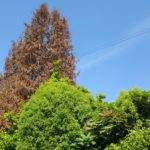A great day spent discussing risk management in the tree arena.
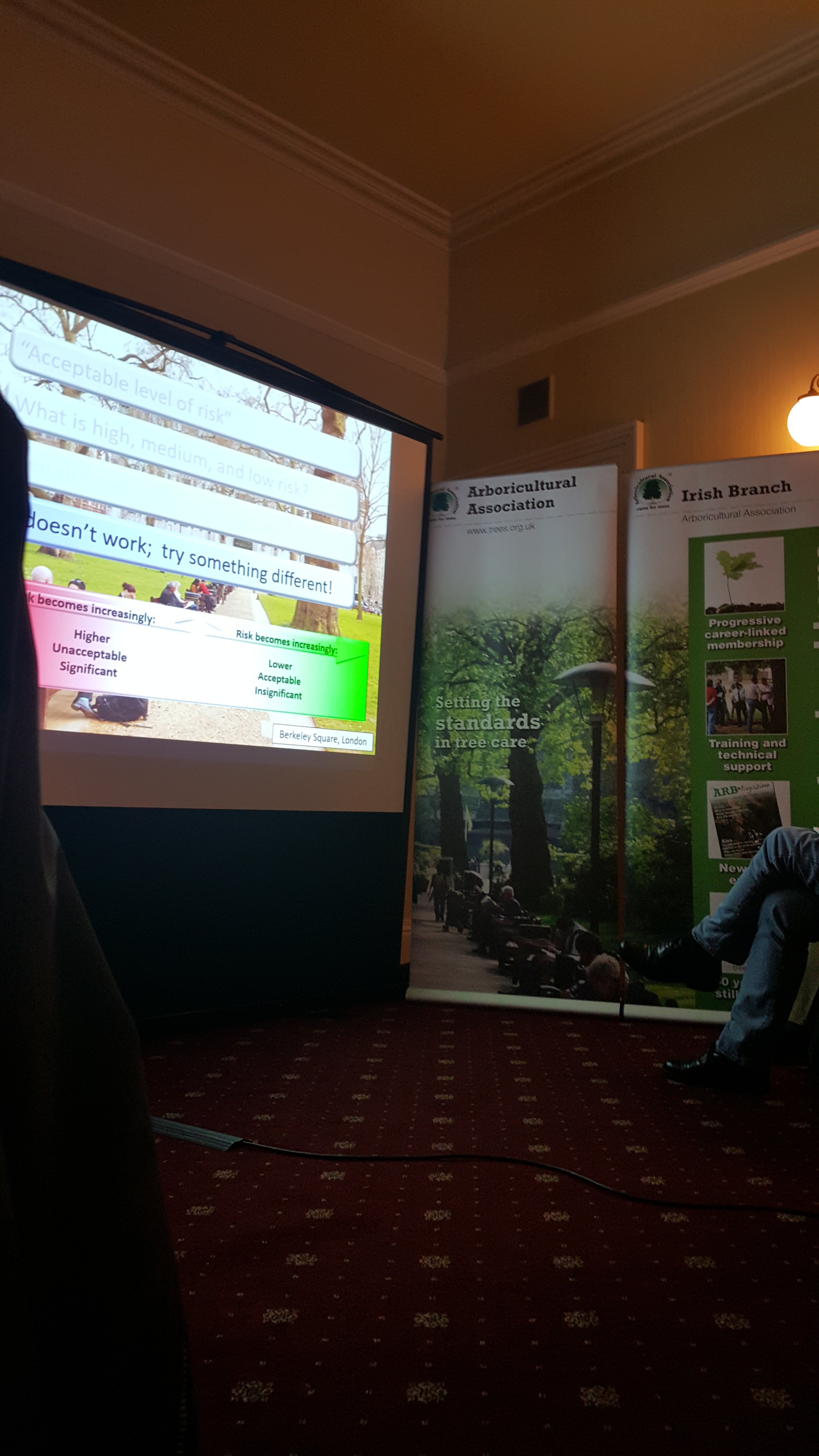
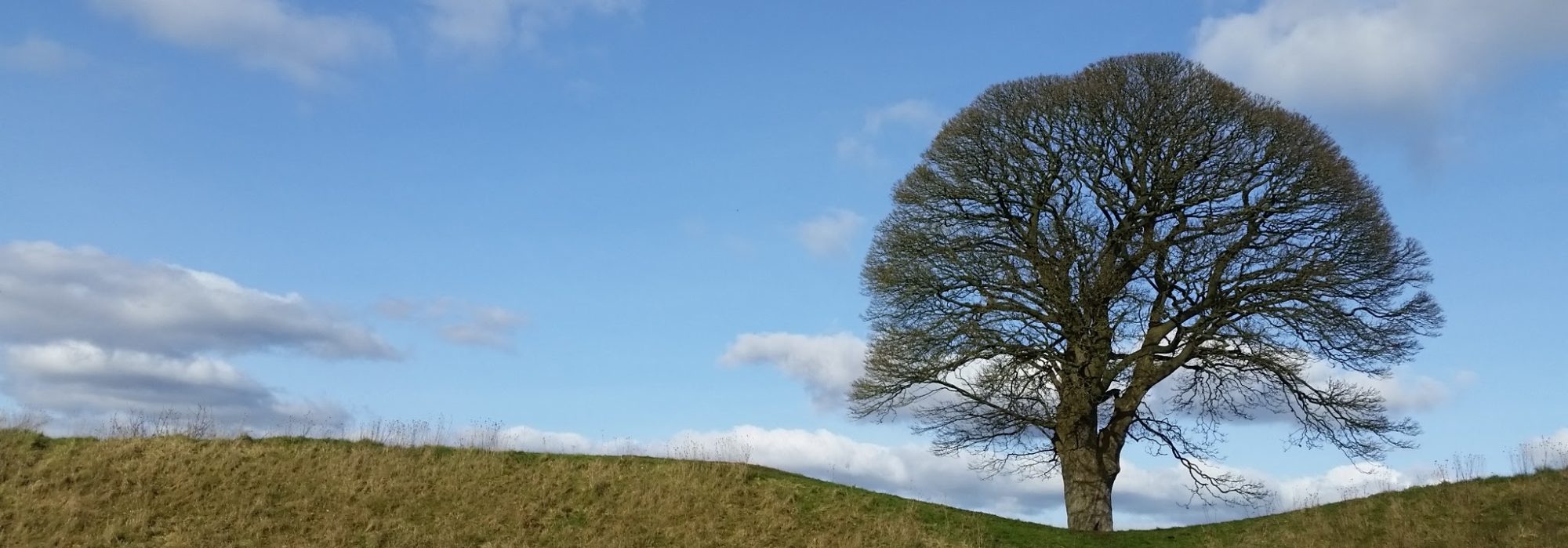
A great day spent discussing risk management in the tree arena.

What a beautiful day in a beautiful spot. Checking out the Goat Willow groves today. Sandy beach too. Simply stunning. Northern Ireland is a breathtaking place especially when you get to wander the woods inspecting and surveying trees. Fantastic.
What a fantastic place to work. You can’t beat the beauty of Northern Ireland. Tree surveys bring me to some very interesting places in Northern Ireland indeed. This is county Down.

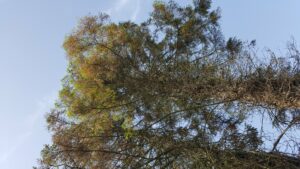
As a tree expert producing tree surveys I am often called to private gardens to inspect trees showing signs of disease or ill health. One example of this is a Spruce tree found during a recent tree survey in Belfast. The Spruce has suffered an Aphid infestation in the Spring which has resulted in the death of older foliage. The tips are still viable and growing so the tree should recover in time bar another infestation. This is common on many Spruce through N.Ireland and I am seeing it more and more. This week alone, I have discovered examples in Co Down and Co Antrim during tree surveys. The mild winter did nothing to hinder the growth of the Aphid population which resulted in an explosion of colonies and the Spruce has suffered as a result. Forest Service Northern Ireland is aware of the situation and continues to monitor the issue.
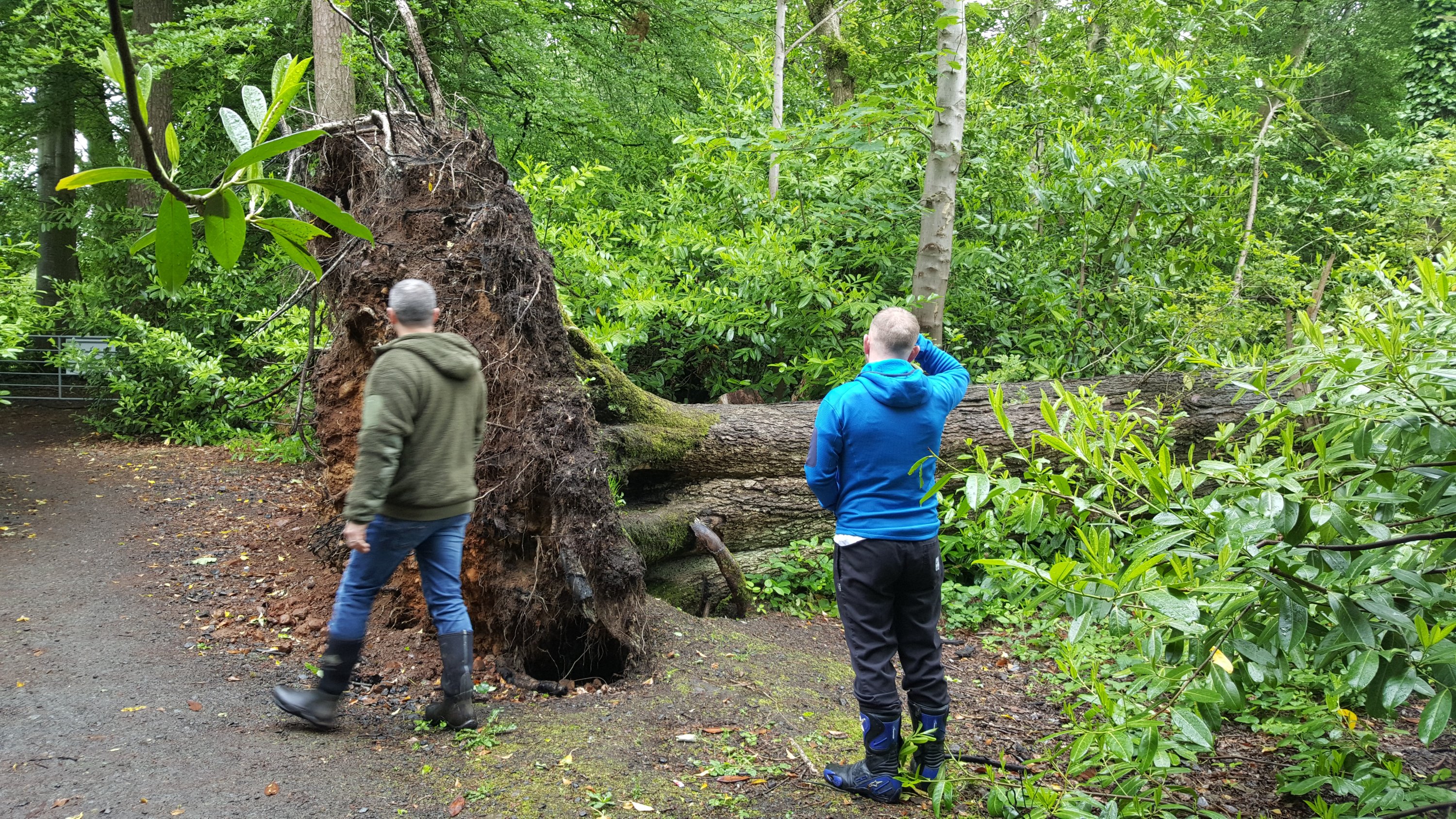
Today I had the pleasure of visiting a large estate with a significant mature tree population.
Of all the damage that occurred during a recent Spring storm this mature Oak felt like the greatest loss.
The owner of the trees was disappointed at the loss of such a specimen.
The truth is that this failure could have been predicted and prevented. An inspection by a qualified and experienced Arboriculturalist such as myself would have turned up a number of issues which increases the chance of wind throw. These issues could have been addressed by some basic tree surgery.
In conclusion. If you have trees within your property you should have management of these trees on your list of priorities. Not only from a safety point of view but to preserve our trees for future generations.
In most cases, a tree survey carried out pre-design phase can be highly beneficial. Information gathered about existing trees can save the design team time and money.
Today I inspected an over mature Lime tree located to the side of a narrow single lane road, the only access to a development site in Belfast. Quite a bit of time had been expended on how to circumvent the Root Protection Area of the tree to allow access.
I visited the site and could instantly see the issue. The tree had a diameter of 1.5m and the RPA would be impinged upon by multiple buildings. My first job was to carry out a Visual assessment on the Lime. To the untrained, the tree looked over mature but healthy. However, upon observation from all angles, I noticed a loss of vigor in the Southern quarter of the upper canopy.
The base of the Lime was covered with Ivy and sucker growth but some selective pruning with secateurs allowed me to inspect the base of the main stem. Upon sounding with a hammer I began to notice a hollow report leading into some fluting.
My efforts found some decay fungi growing from a large internal cavity. This tree has now been categorized as U according to the British standard BS5837 and has been marked for removal thus preventing further design around the tree.
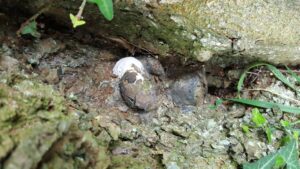
A Bs5837 tree survey should be the first step when developing a new site.
The Bs5837 survey establishes the existing tree constraints on a site and generates crucial information for the design team.
First, the tree survey establishes the health and condition of the tree. Very often trees in poor health can be removed without concern, increasing the developable area available without infringement on the trees.
A tree constraints plan is followed by an impact assessment arboricultural method statement. This document describes the likely impact the proposed development will have on the retained tree population. The report sets out methodologies to prevent damage based on the information gathered.
Bringing an experienced and qualified Arboriculturalist in at an early stage can head off any tree related problems. This will keep planning satisfied that the developer has considered the trees and their protection before all else.
If there are trees on a site, planning service will always ask for a tree survey.
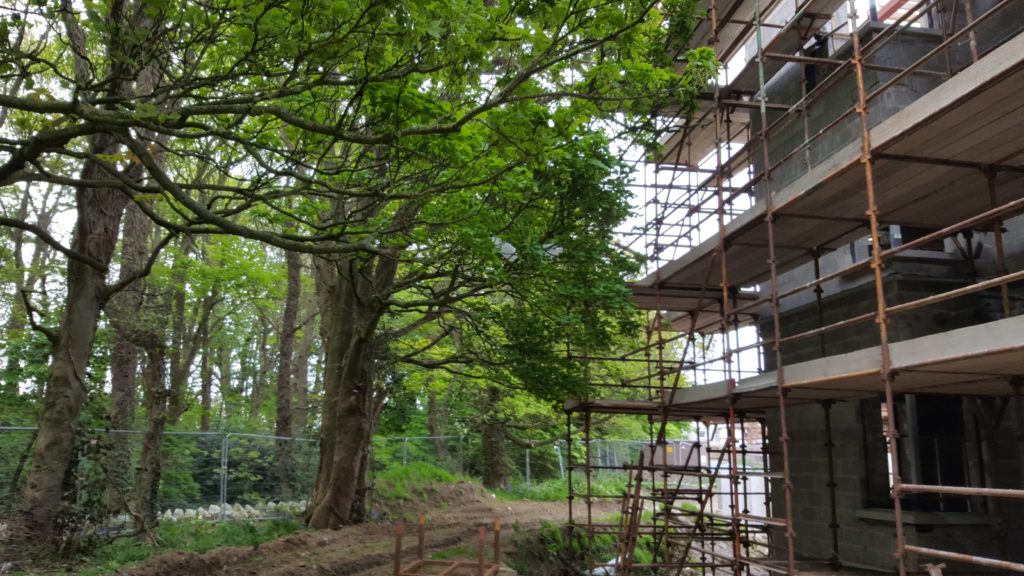
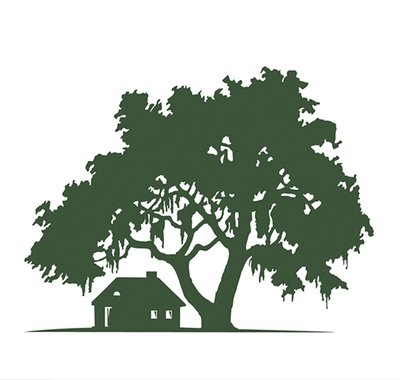
Tree survey for Mortgage
When proceeding through the mortgage application it is common for the building survey to make comment on the tree population of a property and recommend that a professional tree survey is carried out.
The bank or building society may recommend an arboricultural consultant or leave it up to the home buyer to arrange.
Tree surveys to support mortgage applications can vary in scope but usually include the species, dimensions, age, condition and any notes about the health and condition of the trees. This can include information on longevity and future growth and any impact that the tree may ave in the future. Damage clearly associated with the tree should also be identified.
These reports are useful on many levels. Not only do they provide information to the new owners and mortgage provider but they also give the owner an insight into the future management of their trees which fits well with the duty of care responsibilities.
Lastly the owner gets a detailed inventory of their tree population which in many cases can turn up trees which are unusual or aesthetically pleasing talking points.
